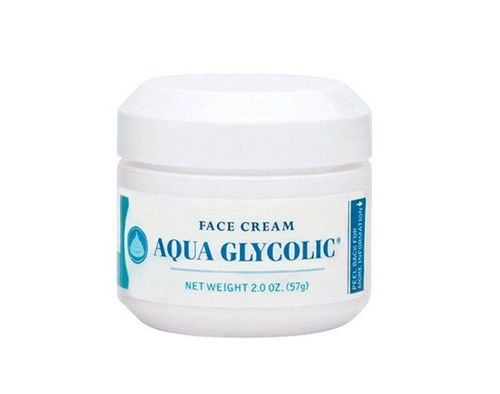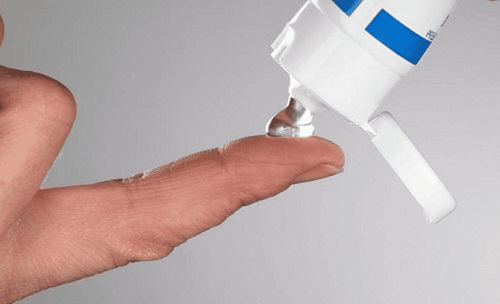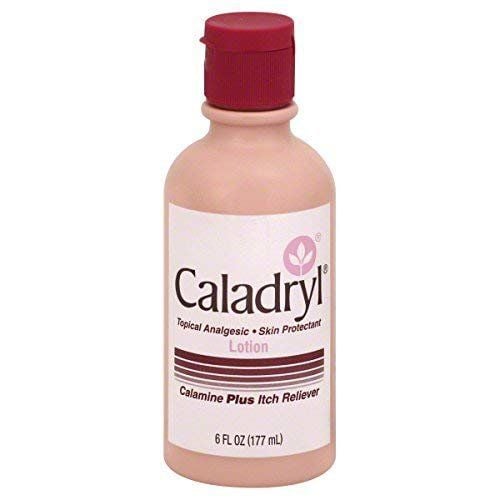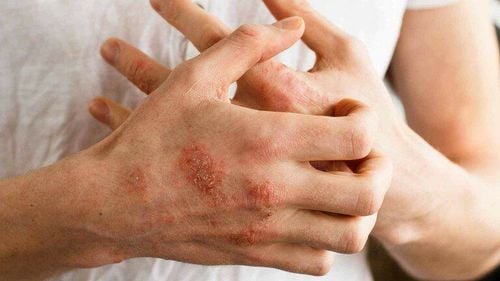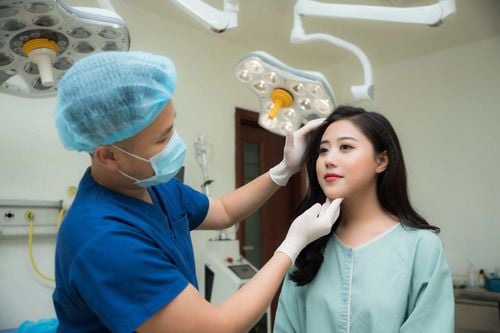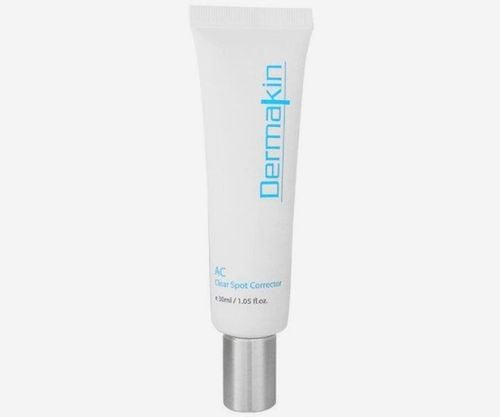This is an automatically translated article.
Makeup primer can be used to form the ideal base for makeup layers. Therefore, it is often used before and after completing the makeup steps. There are many types of primer, depending on the purpose of use and the location to conceal. Here are some makeup primer instructions for you to refer to.
1. What is a makeup primer and what does it do?
Primer works to create an ideal base to hold makeup. Makeup primers come in many forms such as hyaluronic acid-boosting serums, skin-protecting and pore-softening sunscreens, or traditional silicones that smooth skin and blur imperfections.
Today's latest primers not only smooth skin, hold makeup and blur pores, but also can brighten skin, smooth wrinkles, reduce acne and replenish moisture. Some are even able to tighten the skin without feeling heavy.
2. Instructions for using makeup primer
Primer is mostly used after the last skincare step and before makeup. You should use your fingers to apply the cream evenly. If you use a makeup brush, it can only pull the primer around without helping to pull the cream evenly onto the skin. If you have a fear of dirt, you can use a sponge to apply the cream evenly.
Also, you need to adjust the amount of primer you use based on your skin type. For example, people with extremely dry skin tend to absorb primer faster, while people with oily skin, primer stays on the surface longer so less is absorbed into the skin. A little will go a long way with a primer, and too much can ruin makeup before it's made.
In certain cases, you can also use a primer after foundation, but with the right formula. Like Charlotte Tilbury's Wonder Soft-Focus Beauty Flash Primer, for example, is a primer that can be used under or over makeup, as it's a hydrating, lightweight, and non-sticky formula. to makeup class. You can dab it on the high points of your face after applying foundation.
If you want to cover wrinkles, pores, concealer, just apply primer on the area you want to cover. Dab a little pumpkin seed-sized primer on the back of your hand and use your fingers or a brush to blend.
Step-by-step instructions for using a face primer are as follows:
Step 1: Start with a cleansed and moisturized face. Apply sunscreen and then a primer. Step 2: Squeeze the primer onto the back of your hand, mix it with your fingers to warm it up, and then dab it on your face. Step 3: Gently apply the primer to the skin. Make sure to apply evenly to all areas and crevices of the face, from the cheeks to around the nose, temples, forehead and chin. Step 4: Once the primer is absorbed, you are ready to apply foundation.
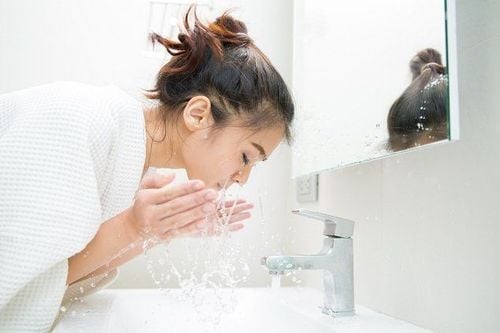
Rửa mặt sạch sẽ trước khi sử dụng kem lót che khuyết điểm
3. How to choose a makeup primer
If you want to reduce redness or increase skin luminosity, a color correcting primer can do the trick. Two popular primer options that can work for anyone regardless of skin tone or type are Yves Saint Laurent Beauté All Hours Primer and J.One Jelly Pack, both highly recommended by makeup artists.
In essence, Jelly Pack is a 3-in-1 product that acts as a moisturizing mask, serum and primer. The cream can work well on oily, combination, normal and dry skin. In addition, another recommended primer is YSL. It has excellent softening properties for all skin types with its silky, lightweight texture.
4. What are the most common primer mistakes?
One of the main mistakes people often make when using primer is applying makeup too soon after applying the cream. You should wait a minute or more for the primer to dry completely before applying makeup, as this will help limit clumping or stickiness for later makeup steps.
Another mistake is choosing a primer that is not suitable for your skin type. A primer has only one or a few specific effects. You should evaluate the nature of your skin and skin problems to choose the right primer. Moisturizing primers for dry and combination skin and mattifying formulas for oily skin. A primer that doesn't match other cosmetics can also damage makeup. Typically makeup is too thick, looks like peeling or patchy spots. That's why before buying any primer or makeup, you should also bring one of the two you are using to check compatibility before choosing to buy.
Another mistake when using a primer is applying too much makeup. The application of moisturizer, then a primer, followed by shimmering oil, using color to conceal, contouring and finally a full coverage foundation... These layers not only cancel each other out. but also leave a large amount of chemicals on the face.
5. Makeup primers
5.1. Eye Primer Step 1: After applying your daily eye cream and facial moisturizer, apply a little primer (like OG Urban Decay Eyeshadow Potion) onto a flat eyeshadow brush, like the Giorgio Armani Beauty Concealer Brush or tip. finger. Step 2: The foundation layer must be thin and quickly absorbed to help smooth and shiny skin. Just a mustard seed-sized amount per eye should suffice. Step 3: Use quick and gentle motions to let the formula blend into the skin. Starting from eyelashes to eyebrows. Step 4: Remember to apply primer under your lower lashes if you intend to use eyeshadow there. Let the primer dry for about a minute. 5.2. Concealer Primer Concealer primers like YSL Beauty Touche Éclat Silver Blur Primer and Maybelline New York Face Studio Master Prime Blur + Smooth use light-reflecting technology to create a soft-focus effect that provides coverage defects.
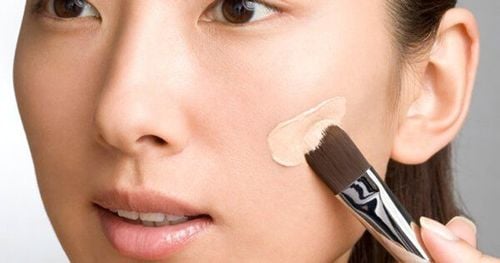
Kem lót che khuyết điểm cần lựa chọn phù hợp với nhu cầu sử dụng
5.4. Anti-Aging Primers Anti-aging primers are both protective and restorative. Multiple SPF features to protect from harmful UV rays and other skin-beneficial ingredients. For example IT Cosmetics No.50 Serum Anti Aging Collagen Veil Primer is an anti-aging primer that works to improve skin texture and tone.
5.5. Brightening Primer Skin Brightening Primer can help you have a natural white skin like no makeup. Creams with skin-lightening properties like NYX Professional Makeup High Glass Face Primer can be used to apply evenly to the face, high points (nose, cheekbones, ...). Alternatively, you can use Giorgio Armani Luminous Silk Hydrating Primer for dry skin.
5.6. Pore Minimizing Primer If you're fed up with the dominant pores on your face, try a pore-minimizing formula. These oily skin protectants can unclog pores so they are less noticeable. You can use Dermablend Pore Saver Matte makeup primer because it feels light and smooth.
5.7. Mattifying Primers Oily skin people should use high coverage primers like Urban Decay All Nighter Face Primer for long lasting, good concealer and IT Cosmetics Your Skin But Better Oil-Free Primer because it's super light, not heavy. skin.
5.8. Moisturizing Primer Dry, dehydrated skin can make foundation difficult to apply, it deposits into rough patches and causes skin to peel. If that happens, try using an ultra-moisturizing primer like Urban Decay All Nighter Ultra Glow Face Primer. This formula combines hyaluronic acid and agave extract to create a hydrating finish that lasts up to 12 hours.
Makeup primer can be used to form the ideal base for makeup layers. There are many types of primer, depending on the purpose of use and the location to conceal, you can choose the right product.
Any questions that need to be answered by a specialist doctor as well as customers wishing to be examined and treated at Vinmec International General Hospital, please contact the Website for the best service.
Please dial HOTLINE for more information or register for an appointment HERE. Download MyVinmec app to make appointments faster and to manage your bookings easily.
Reference source: makeup.com, allure.com



